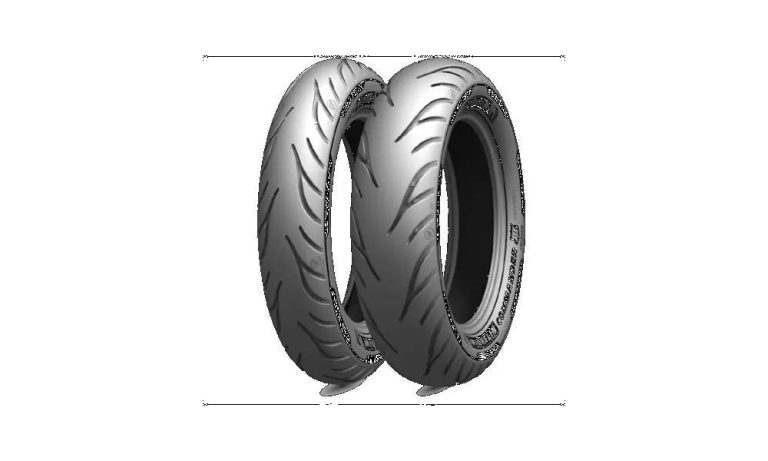Maritime docking environments demand robust, reliable, and cost-effective solutions. As vessels grow larger and port operations become more complex, the need for durable protection systems becomes critical. One such tried-and-tested option is the tyre fender — a simple yet highly efficient solution for heavy-duty docking.
From commercial harbours to naval shipyards, tyre fenders in marine applications are known for their ruggedness and shock absorption capacity. Whether used independently or as part of a composite system, these fenders help prevent structural damage to both vessels and dock infrastructure.
Let’s explore why tyre fenders continue to be the top choice when it comes to high-impact docking environments.
What is a Tyre Fender?
A tyre fender is typically constructed from used or recycled tyres, often reinforced with chains, rods, and support frames. These fenders are mounted on docks, quay walls, or even attached to tugboats and barges.
Unlike synthetic or pneumatic fenders, tyre fenders are extremely tough and cost-efficient. Their circular shape, flexible body, and thick rubber composition allow them to absorb kinetic energy effectively, especially when dealing with large vessels.
Why Tyre Fenders Work Well for Heavy-Duty Docking
Heavy-duty docking involves docking larger ships, cargo carriers, and naval vessels—operations where even the slightest miscalculation can result in major damage. Here’s how tyre fenders meet that challenge:
· High Energy Absorption
Tyre rubber offers natural resilience. This makes tyre fenders marine options capable of absorbing strong impacts during berthing, especially with high-tonnage ships.
· Excellent Durability
These fenders can handle harsh weather, saltwater exposure, and constant mechanical stress. The wear resistance of tyres gives them a long operational life.
· Low Maintenance
Once installed, they require very little attention. Unlike pneumatic systems that need pressure checks or foam-filled alternatives that may degrade, a tyre fender for ship application can last for years with minimal upkeep.
· Cost-Effective
Most tyre fenders are made using recycled materials, making them a budget-friendly option. They are ideal for locations needing widespread coverage without excessive investment.
Common Applications in Marine Infrastructure
Tyre fenders are widely used in various docking environments due to their strength and adaptability. Some common setups include:
- Tugboats: For side and head protection, tyre fenders are installed on the hull of tugboats to provide shock absorption during vessel assistance.
- Cargo Terminals: Heavy shipping operations where loading and unloading occur frequently often use these fenders along quay walls.
- Fishing Harbors: Their rugged build is suited for smaller vessels exposed to rough docking conditions.
- Shipyards and Dry Docks: Used to line maintenance bays and shipbuilding yards where vessel movement and impact are common.
Environmental Benefits of Tyre Fenders
Besides performance, tyre fenders contribute to sustainability. Recycling tyres into marine fenders prevents them from ending up in landfills or being incinerated, both of which can harm the environment. With millions of used tyres discarded annually, reusing them as fender tyre units is both eco-conscious and practical.
How to Choose the Right Tyre Fender System
Choosing a tyre fender depends on the type of vessel, berth design, and operating conditions. Here are a few key considerations:
- Size of the Ship: Larger vessels require thicker and longer fenders.
- Dock Height: Ensure the fender’s placement matches the hull contact area of the approaching vessel.
- Installation Type: Fixed (bolted) fenders for permanent docks vs. suspended or chained types for temporary or variable setups.
- Traffic Volume: High-traffic docks benefit from reinforced assemblies with multiple layers of tyres and chains.
Future of Tyre Fenders in Port Design
While more advanced fender systems are emerging, tyre fenders still hold strong in global marine applications. With evolving designs and mounting options, they’re being adapted for specialized uses—such as floating pontoons, river docks, and even barge-to-barge connections.
As the marine industry seeks more environmentally sound practices, the use of recycled fender tyre materials may become even more widespread.
Conclusion
A reliable docking setup is essential for protecting assets, ensuring crew safety, and maintaining operational efficiency. Whether used on fixed docks, moving vessels, or repair stations, the tyre fender remains one of the most practical and cost-efficient choices for heavy-duty applications.
They’re tough, proven, and make smart use of materials that would otherwise go to waste. If you’re evaluating solutions for your port, dry dock, or shipyard, consider the long-term value tyre fenders can provide.
To explore other related maritime protection products like boat fender systems, browse comprehensive offerings from industry specialists focused on durable marine solutions.


Comments are closed.